*This article is sponsored by LeMuse.
Have you noticed that everyday it gets harder to find high-quality clothes? Even if you shop in the most expensive brands, sometimes you’ll find the same finishes that you will in fast fashion and that is seriously concerning. From simple overlock stitches to hems with coverstitch seams, popular brands have left behind quality to increase production and compete with fast fashion.
However, this doesn’t mean you can’t fing high-quality anymore… you just need to learn how to spot those little details that tell you something was carefully made and will last you for years
high-quality vs poor quality fashion
1. Fibers and fabrics
Usually, if the fiber is not good quality, the item will immediately feel cheap, so in theory, this should be the easiest thing to spot.
A quality fabric will often feel softer than a poor quality one. This happens because the fiber used to make the threads is longer and they used the best part of it. For example, when it comes to cotton, hand picked cotton is always smoother and it won’t have little pieces of trunk or branches. Of course, it is more expensive as it takes longer to pick up.
When making thread, they will take the softer pieces and they will leave the rough ones to make a more thread, but this one won’t be as smooth.
The same thing happens with linen. If you look at the high quality picture, the fabric looks smooth and you can’t see pieces of branches as you do in the poor quality one.
High-quality

poor qualiy
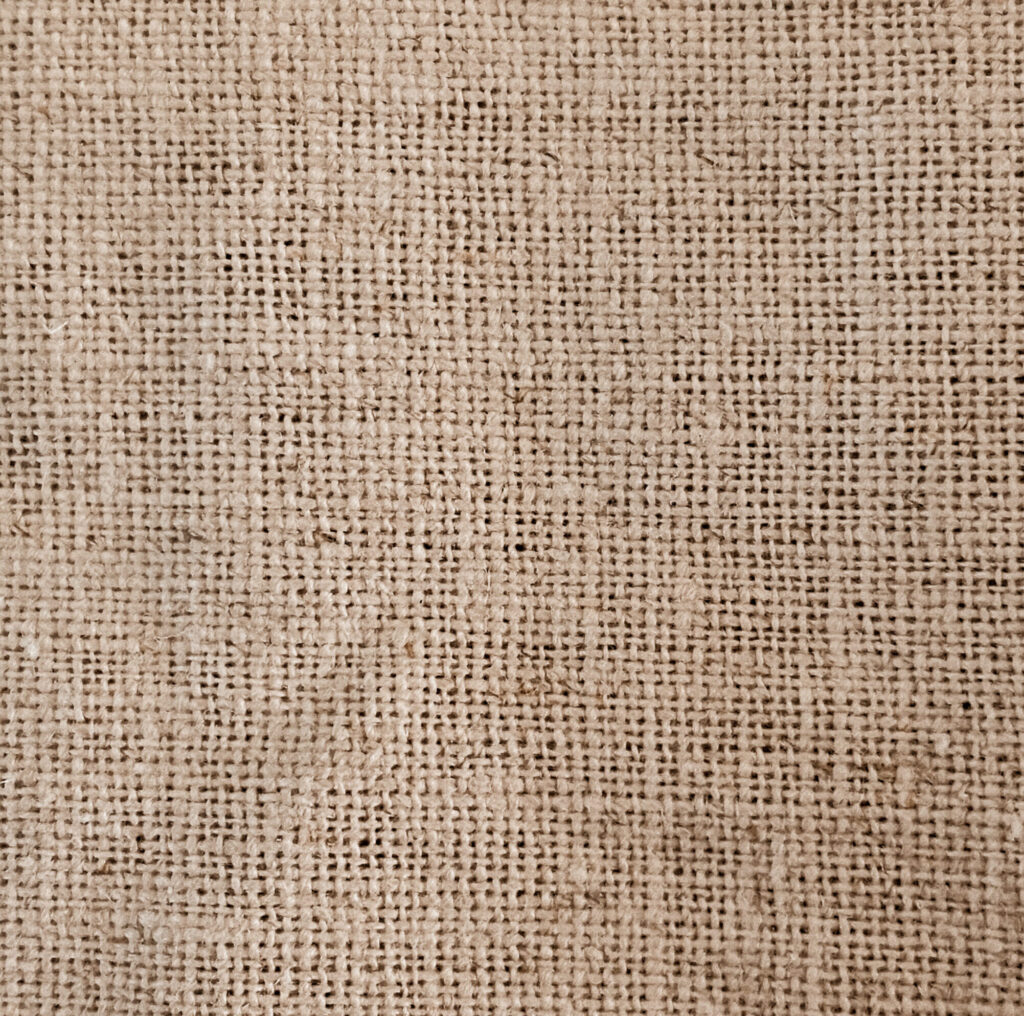
High-quality
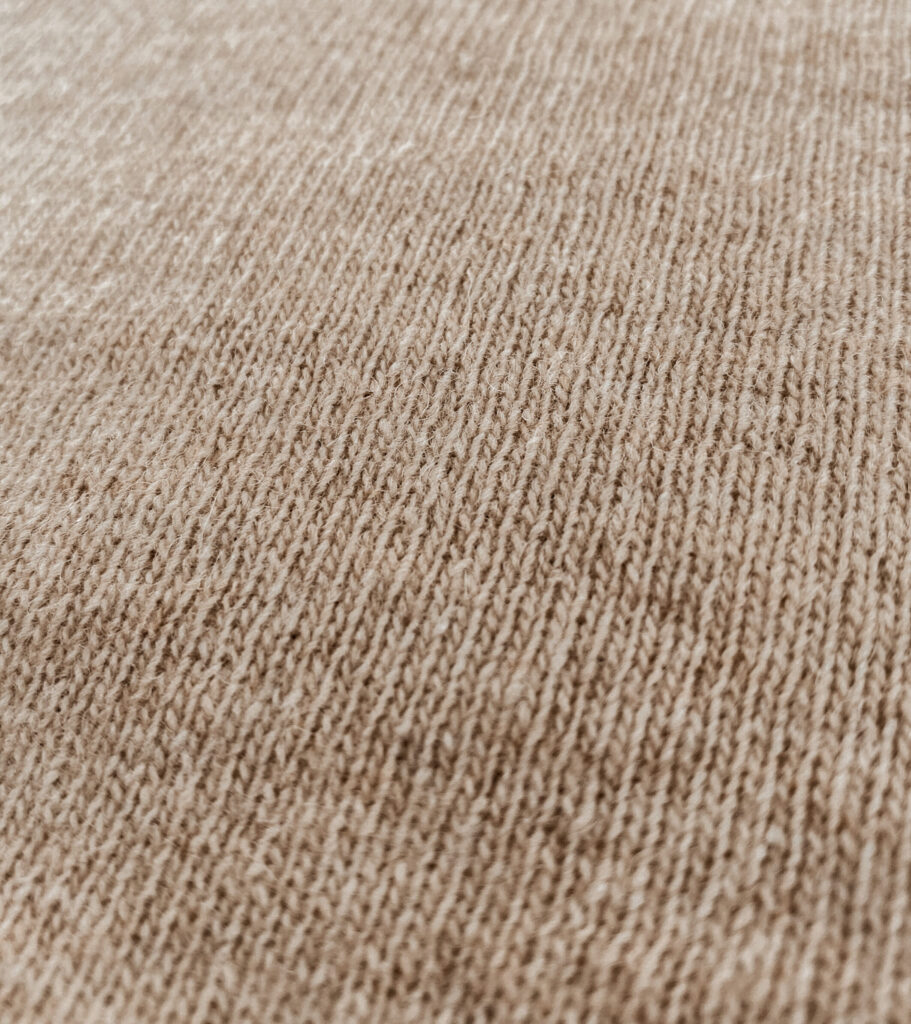
poor qualiy
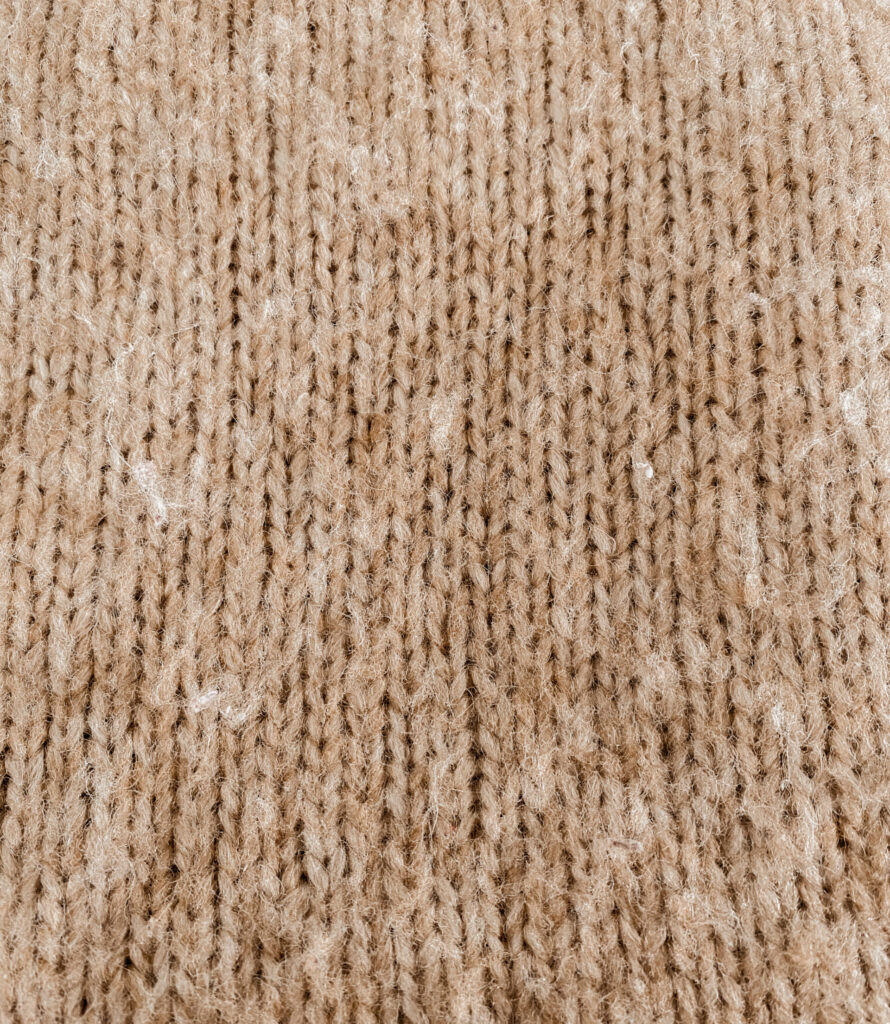
A great example of great quality in their fabrics is LeMuse. They use Linen and Wool, and here you can see how beautiful their fabric are.
Their wool has less imperfections. It is tighter, so there is less space between every stitch. It is not heavy.
As you can appreciate in the previous pictures.
How to recognize high-quality fabrics?
The fabric must feel soft and should be flexible without feeling like you’re folding paper, or plastic. Natural fibers will always be a better idea than synthetic ones. If a brand sells only natural fibers, thats a green flag!
What to avoid in fabrics?
Every fabric made of polyester will break or burn easily. They get holes in a short time and it isn’t even comfortable to wear.
You can also put it against light and see how sheer it is. The thicker, the better. (although this depends on the type of fabric)
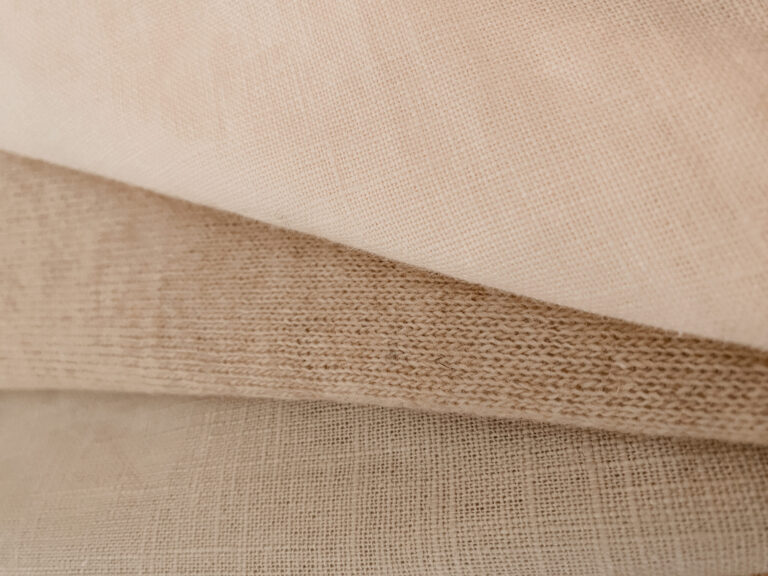
finishes
2. It should be ironed
high-quality
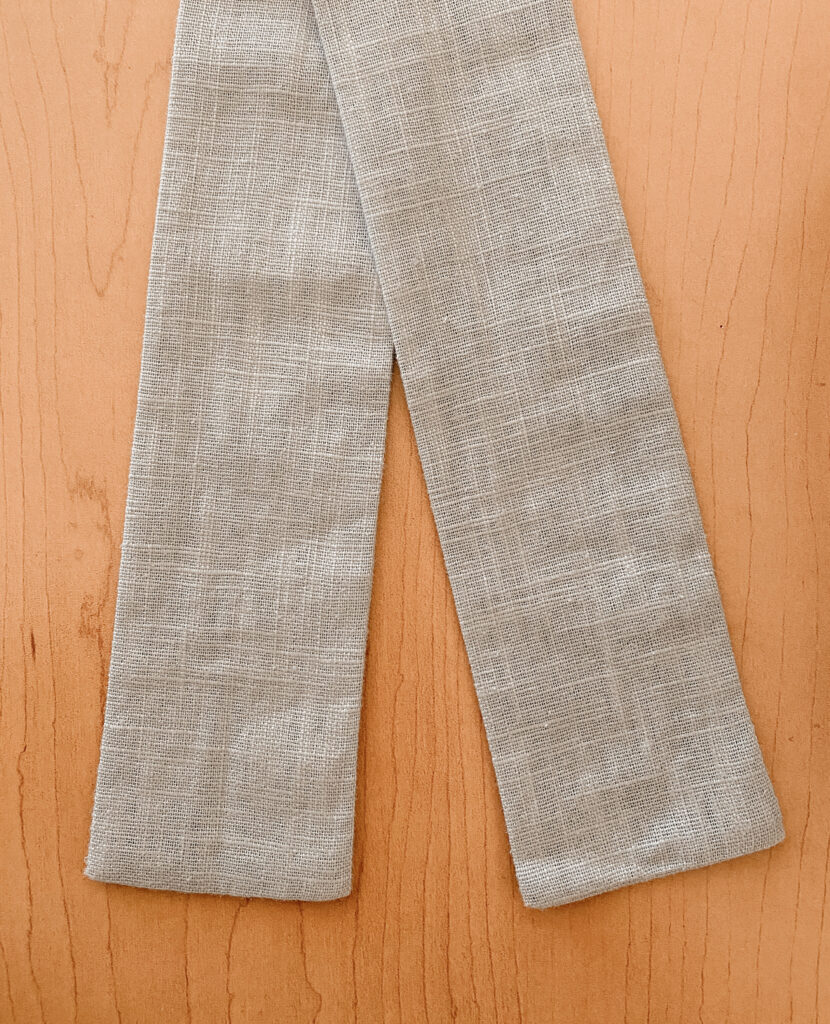
poor quality
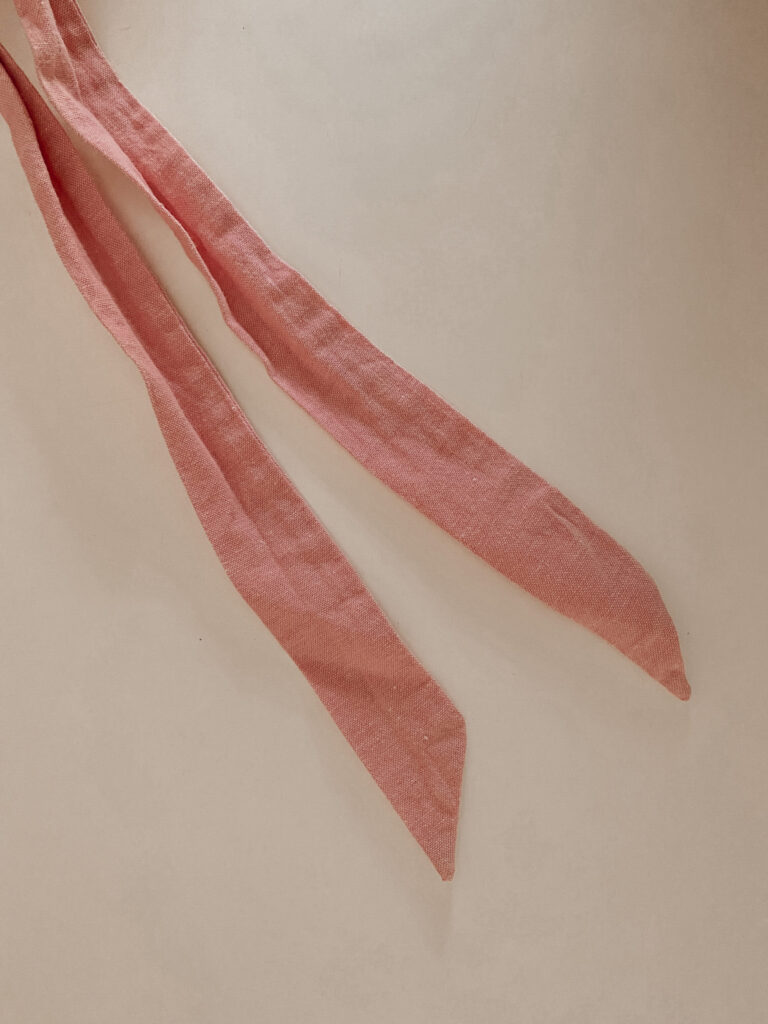
3. Double fold hem if the fabric is too thin
Specially with wovens that are from thin to super thin, they should always have a double hem and not an overlock stitch.
When the fabric is thick, it is better to just have one fold, otherwise it will be too thick on the bottom and will look bulky.
high-quality
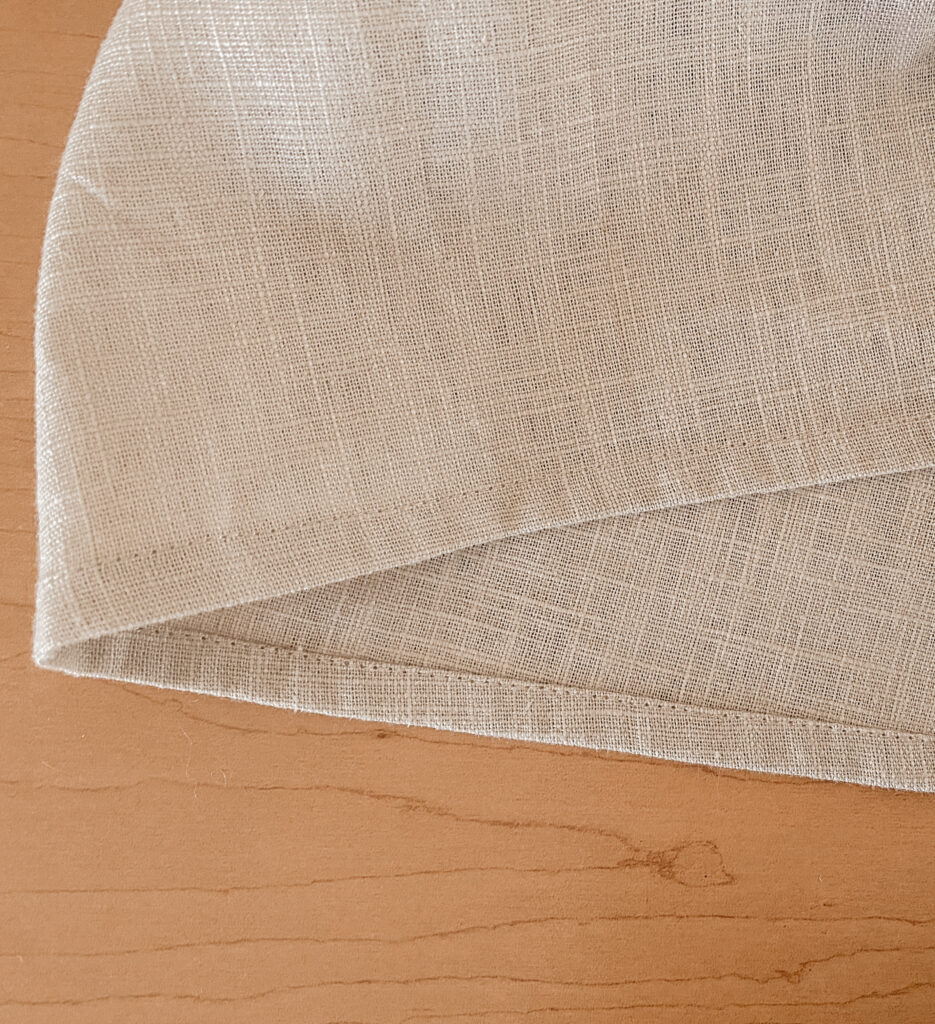
poor quality
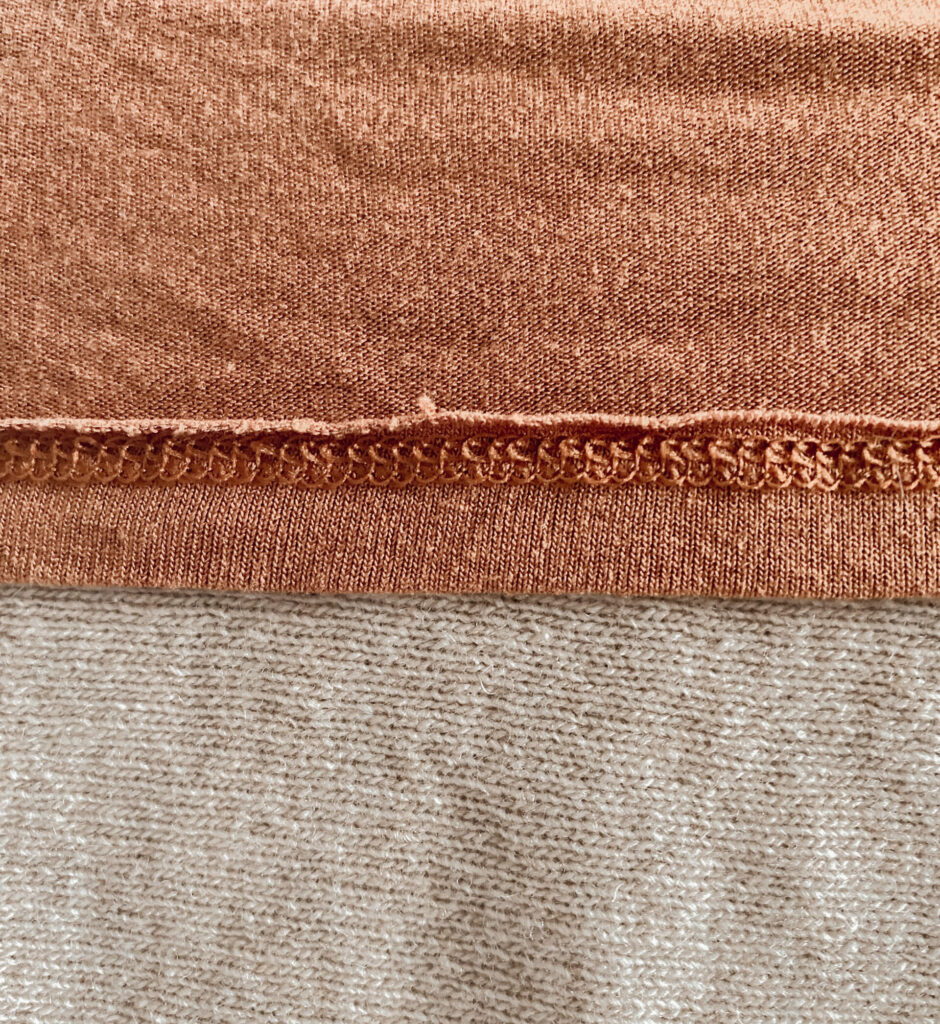
4. Pockets
It’s always a good sign if an item has pockets. It means they took the time to design and add them. There is nothing more annoying than fake pockets.
Remember high quality garments will not only make the item look pretty, but also funtional. Pockets say a lot, especially when it comes to dresses.
high-quality
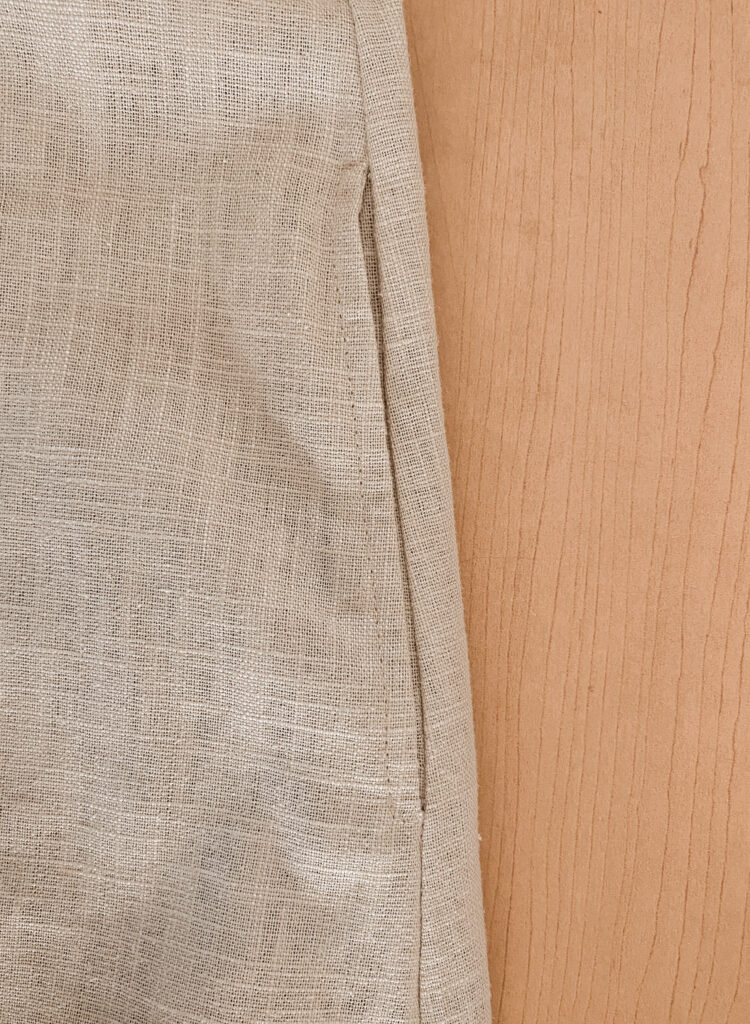
poor quality
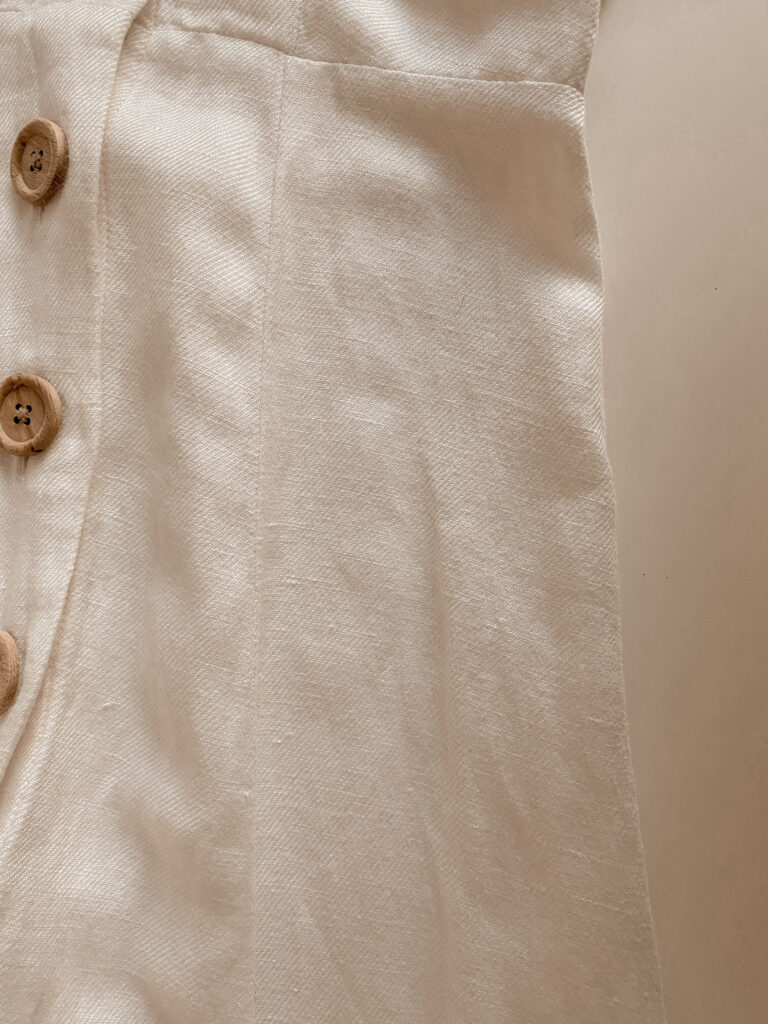
5. Edgestitches
Edgetitches make the difference between an item that is meant to last and something that is disposable. What these stitches do, is they keep the garment in shape and everything in place so it looks brand new for a long time and it doesn’t fray easily. It also avoids the seams from being pulled apart, so basically a garment with edgestitches is very likely to have great quality.
You can find edgestitches in pockets, necklines, fists, etc.
high-quality
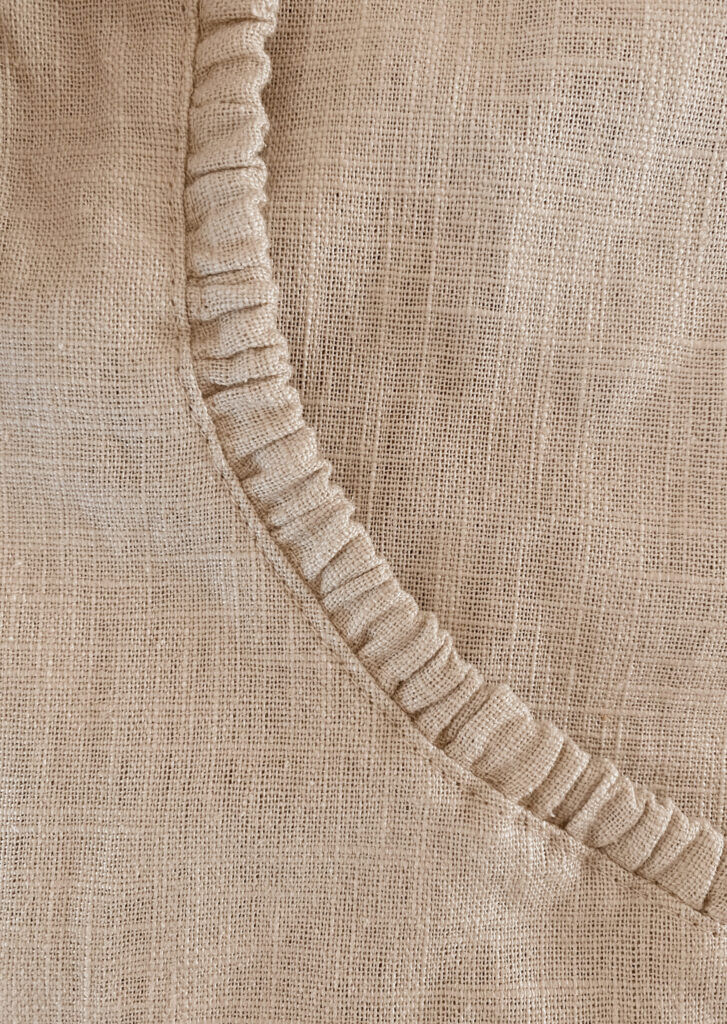
poor quality
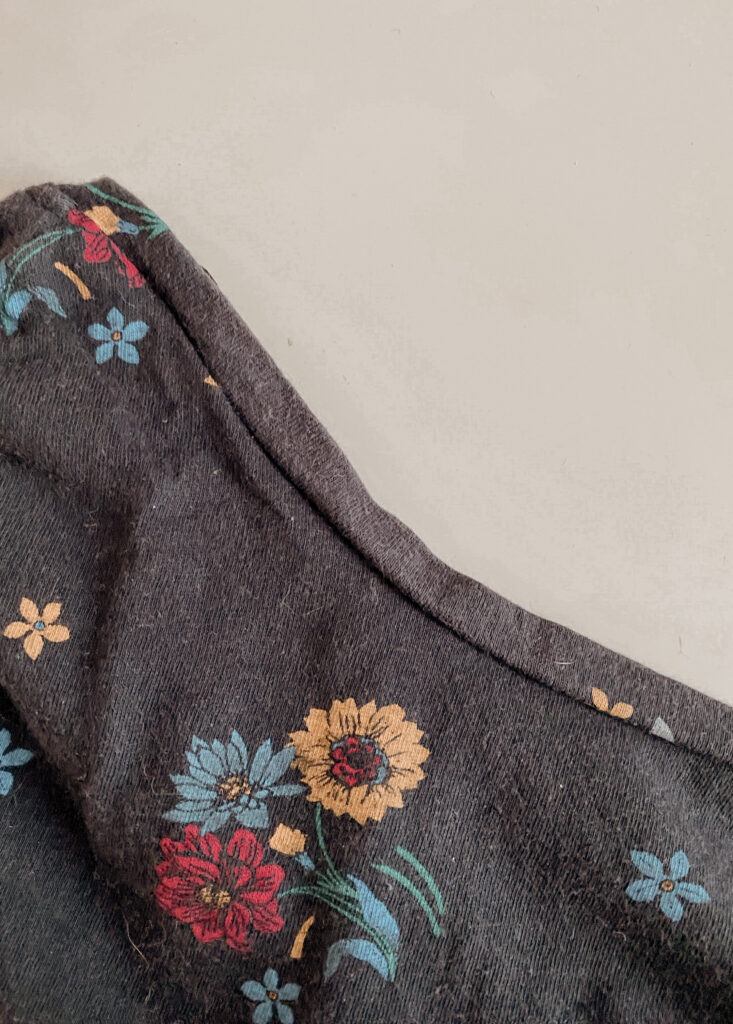
This previous examples of great quality are also from LeMuse, a brand from Lithuania that creates sustainable clothing with a focus on high-quality natural materials like linen and wool, creating timeless designs that go beyond fashion trends and are meant to last forever.
6. Threads
If your item has buttons, they shouldn’t be loose, but not too tight either. They should be pressed and there shouldn’t be loose threads on the other side either. This tells you a lot about the quality, just check out the pictures:
high-quality
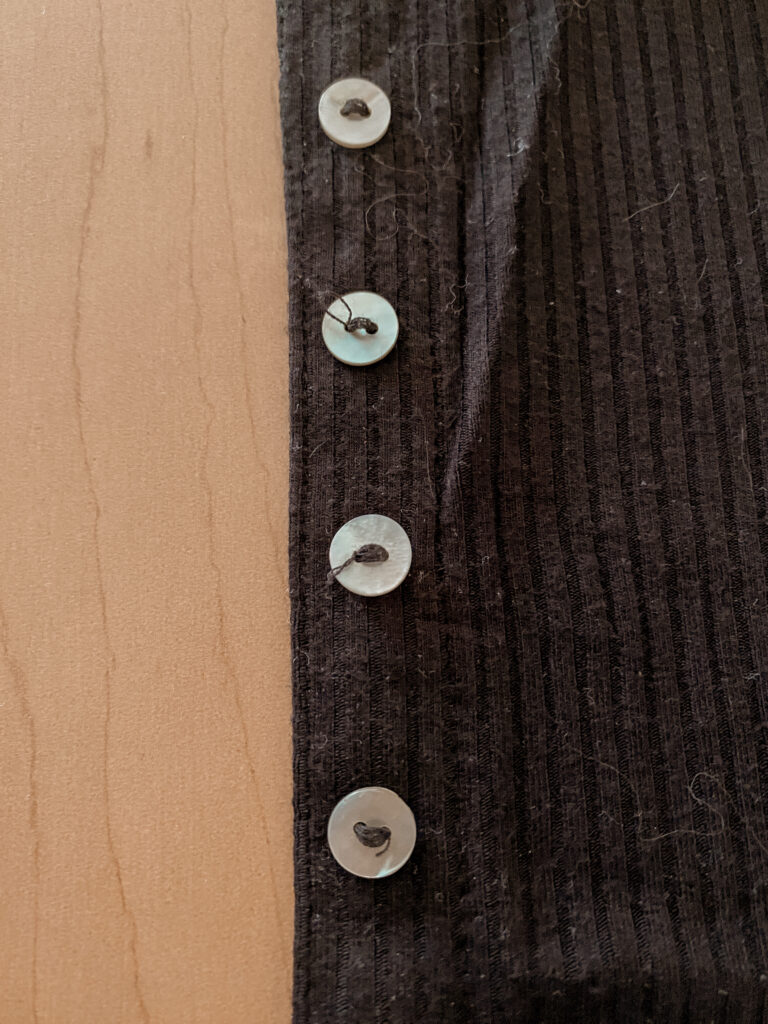
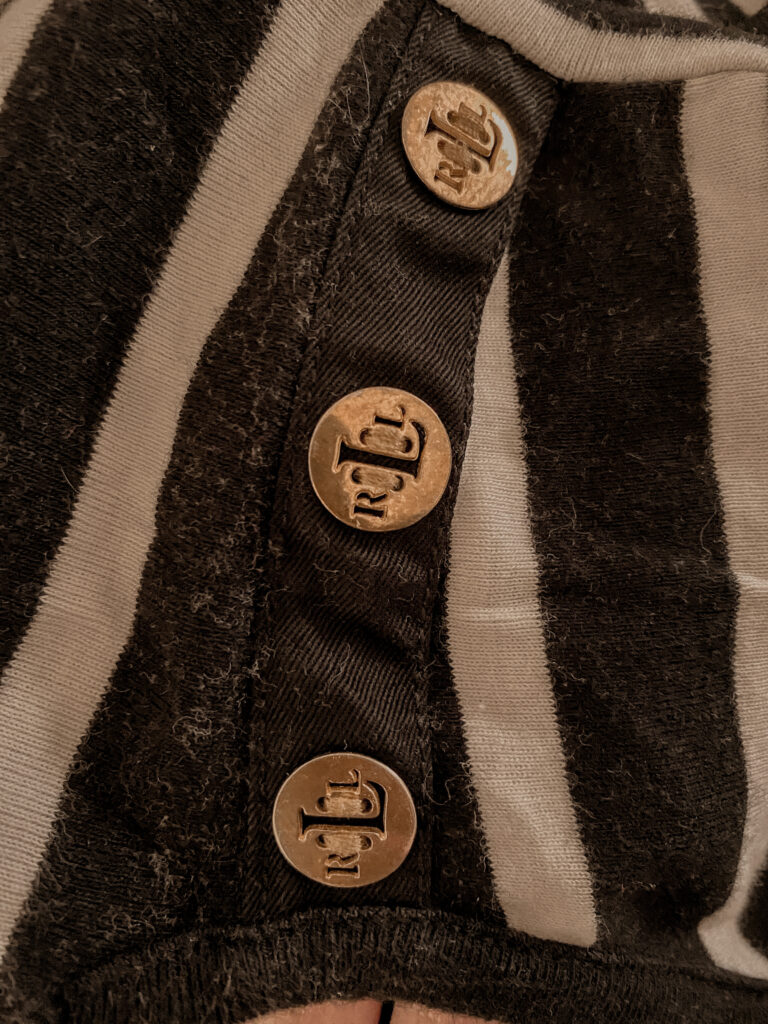
poor quality

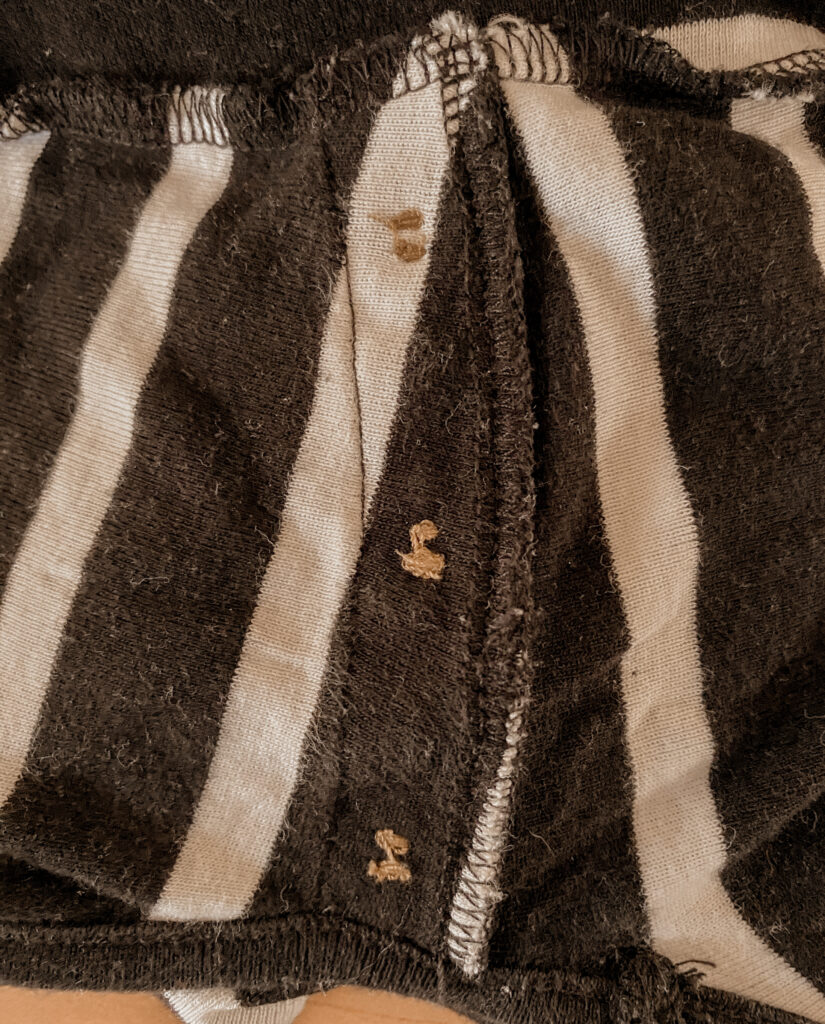
The seams must have the perfect tension, the thread shouldn’t be too loose you can see the parts of your garment separate, or too tight because they will break easily and your garment will start falling apart.
high-quality
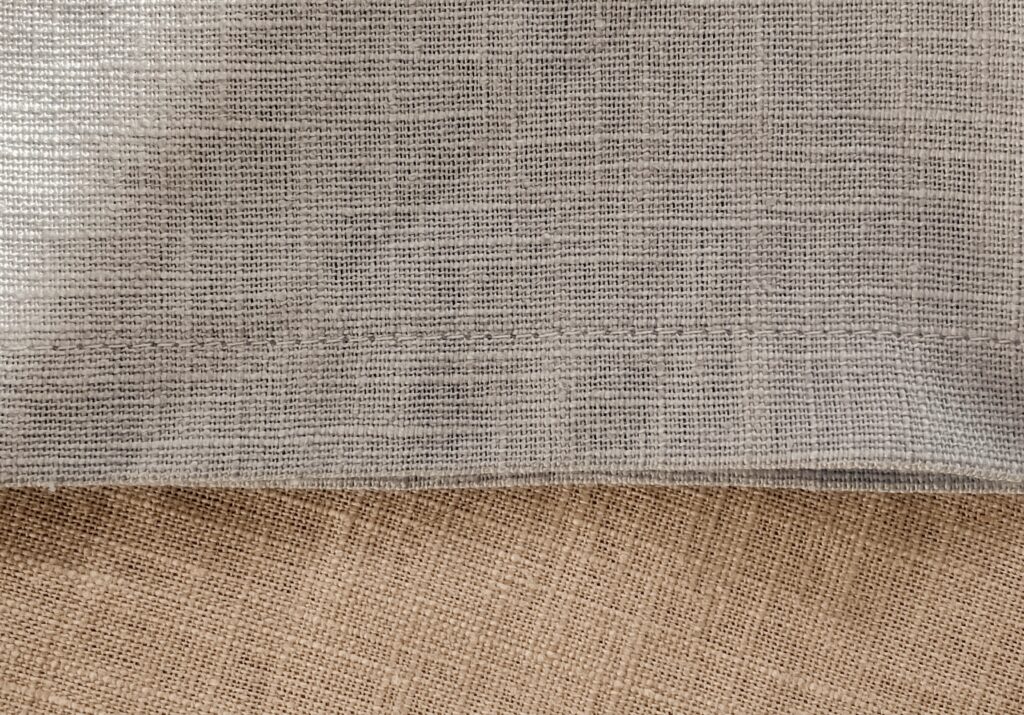
poor quality
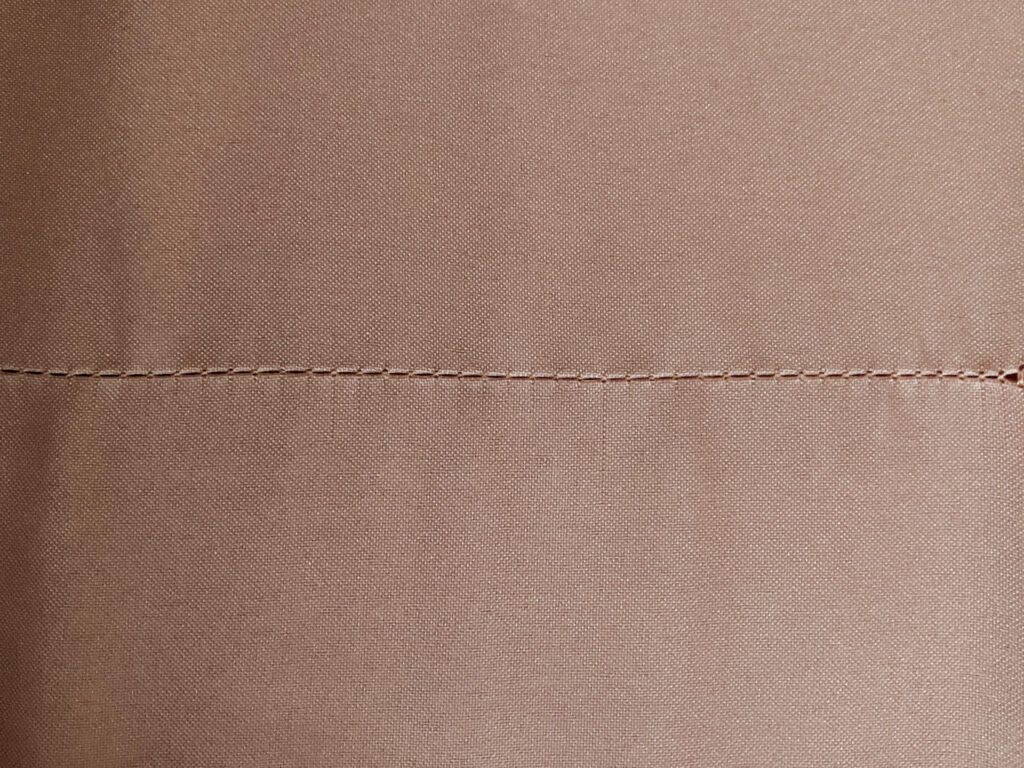
7. the facing
When it comes to wovens, having facings instead of just one fold to the wrong side of the fabric, elevates the quality of the product. Not only it looks cleaner and pretty, but a facing will actually hide the seams and this will help your garment stay in shape for a longer time.
high-quality
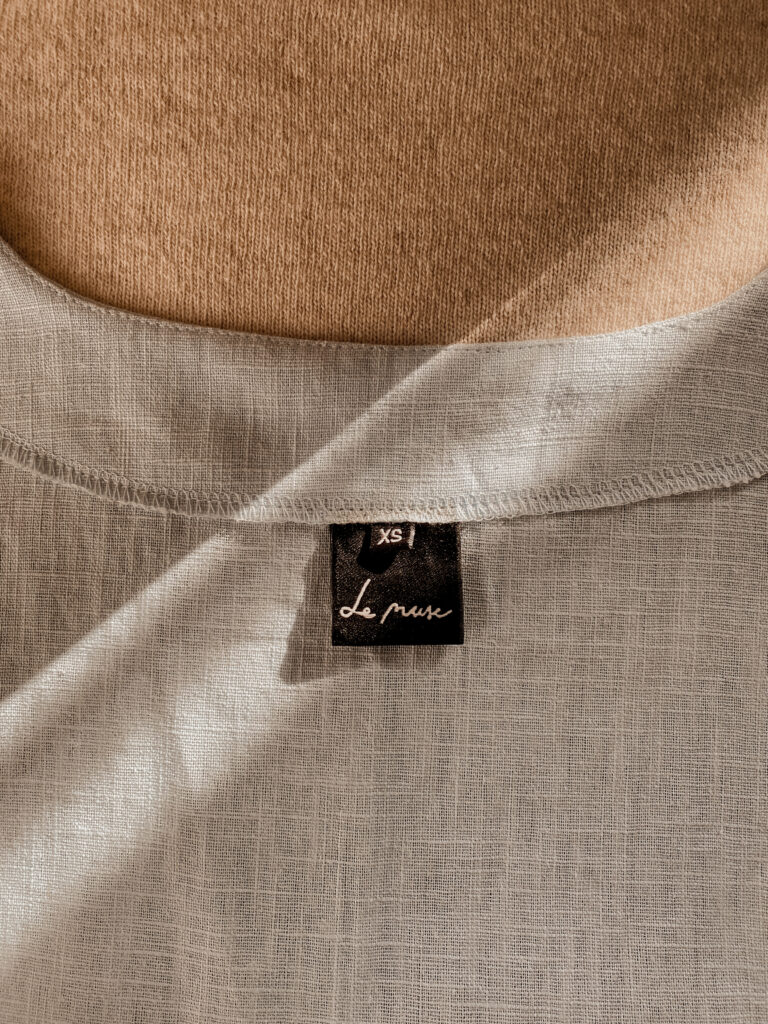
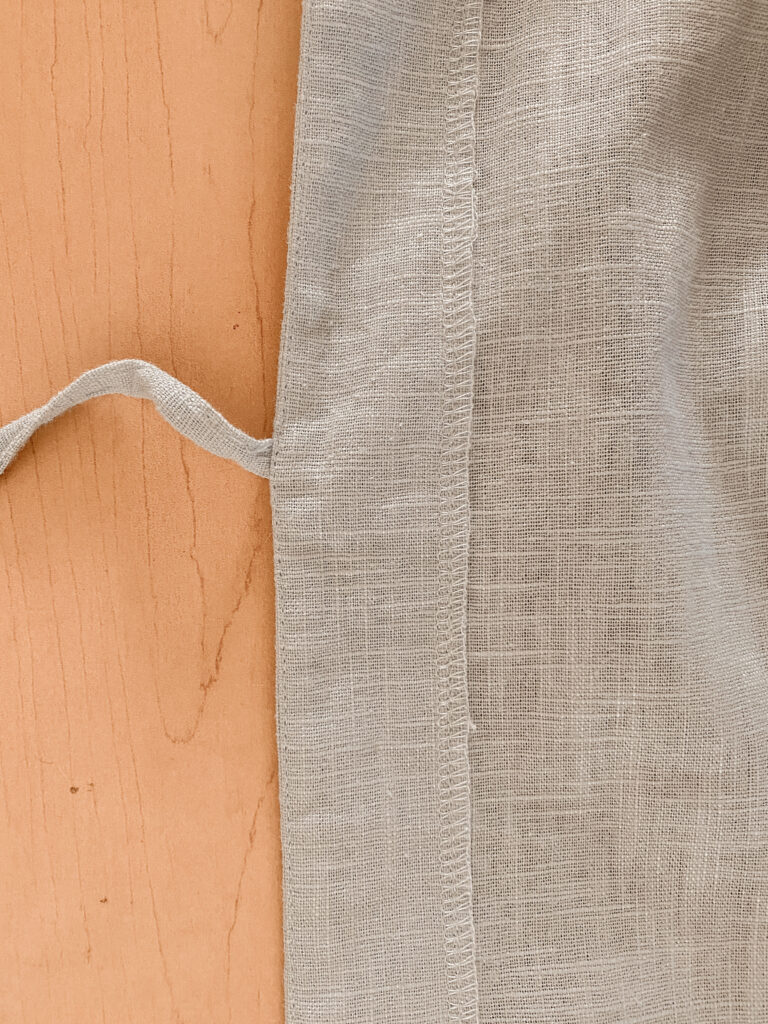
poor quality

9. necklines
When the fabric is knitted it must have a bias binding and it should never be folded to the wrong side of the fabric. For wovens, facings look better, but for knits a bias that allows them to stretch is indispensable.
There are different ways to do this, but there is a better way indeed. The bias should also have another bias on the back to protect the seams and make it last longer.
high-quality

okay quality

poor quality
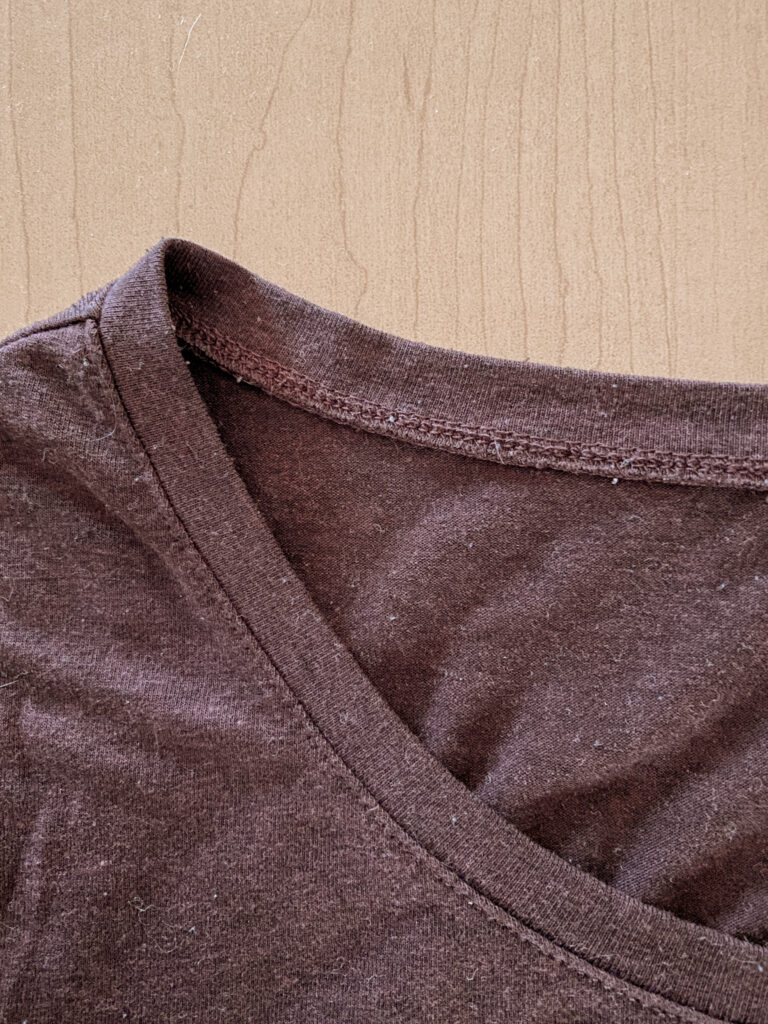
8. tags
The tag is the brand’s presentation card. A lot of fast fashion brands don’t care about it and just mediocrely stitch their labels into the garments because their mass production keeps them from having time to carefully add their tag.
There are many ways a brand can put their tags in the items, here are two great examples and one poor quality that won’t last much.
high-quality
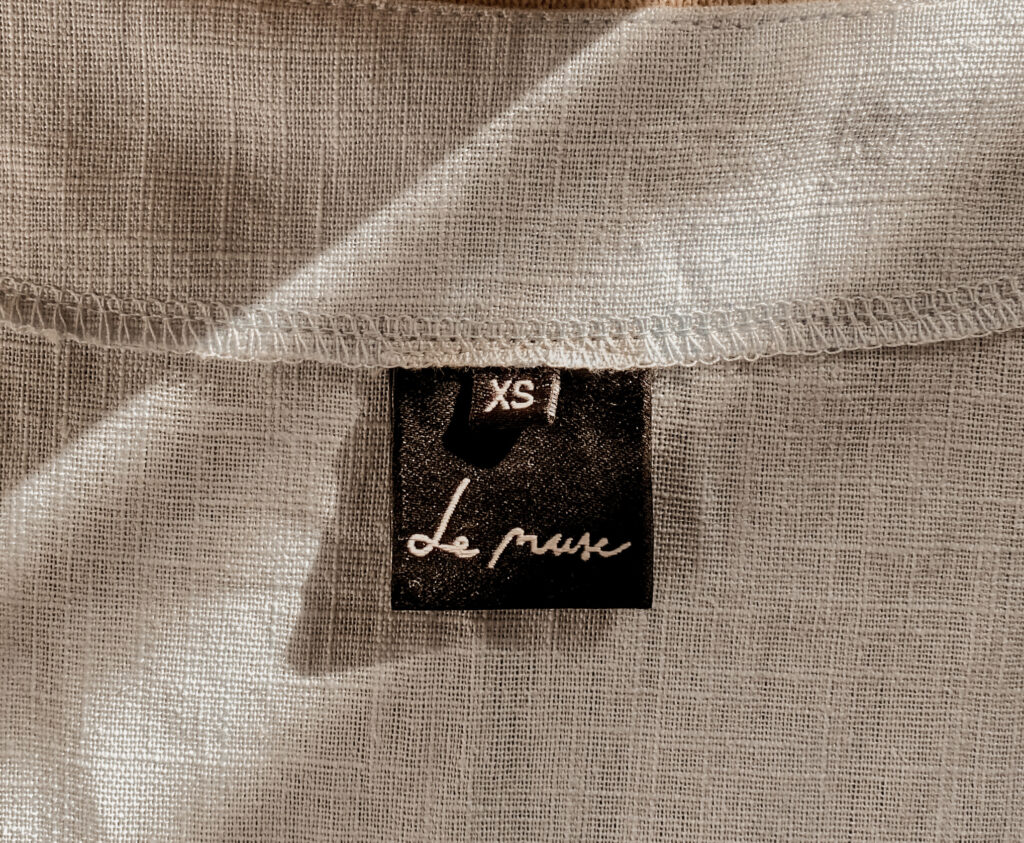
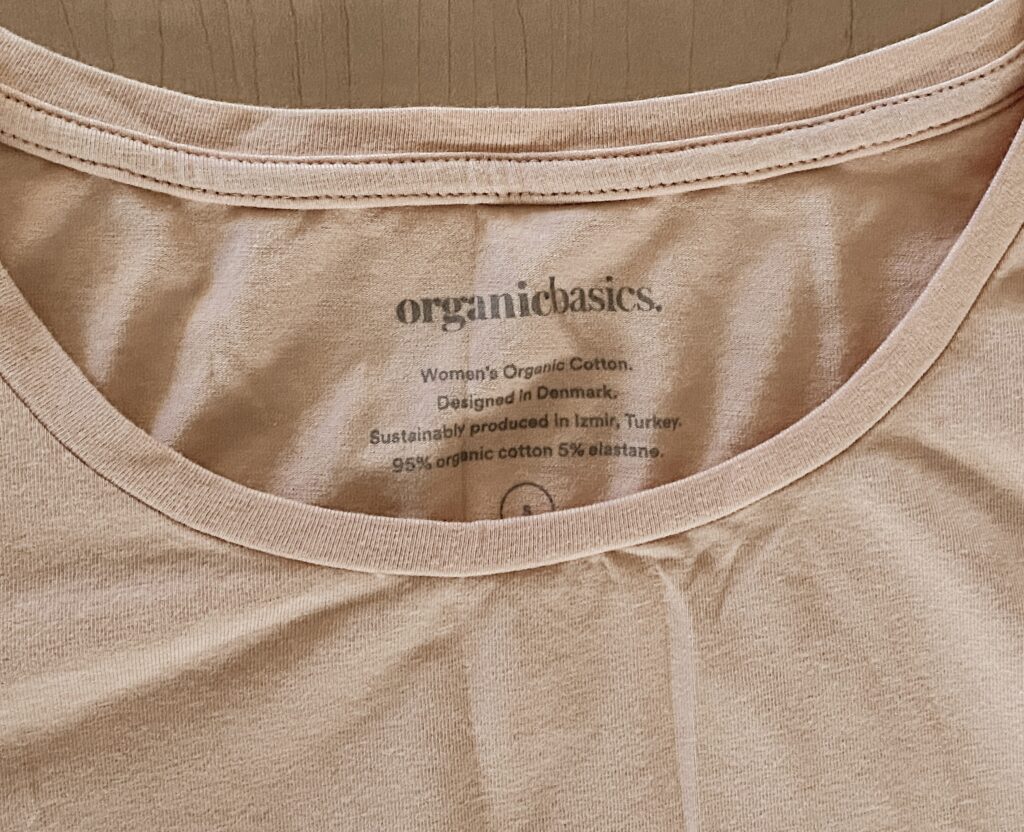
poor quality
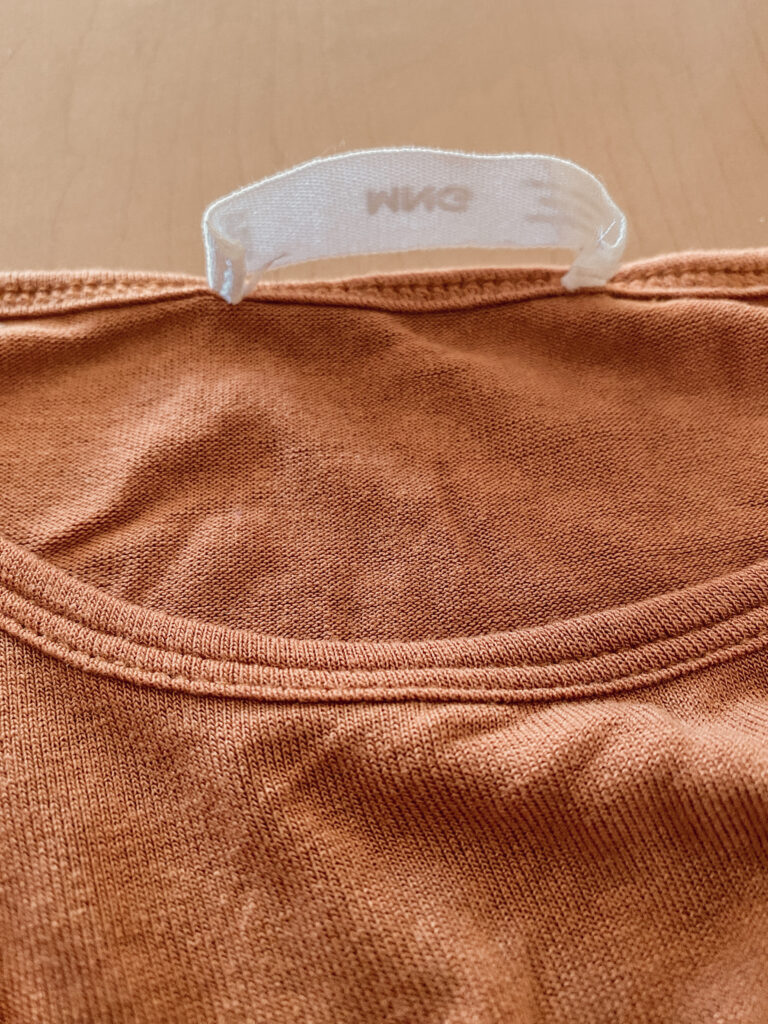
10. seams
If there’s a bias on the neckline, it should always go over the shoulder seams. The hem stitches should also over the side seams. If the hem was made first and then the sides, it will fray easily.
high-quality
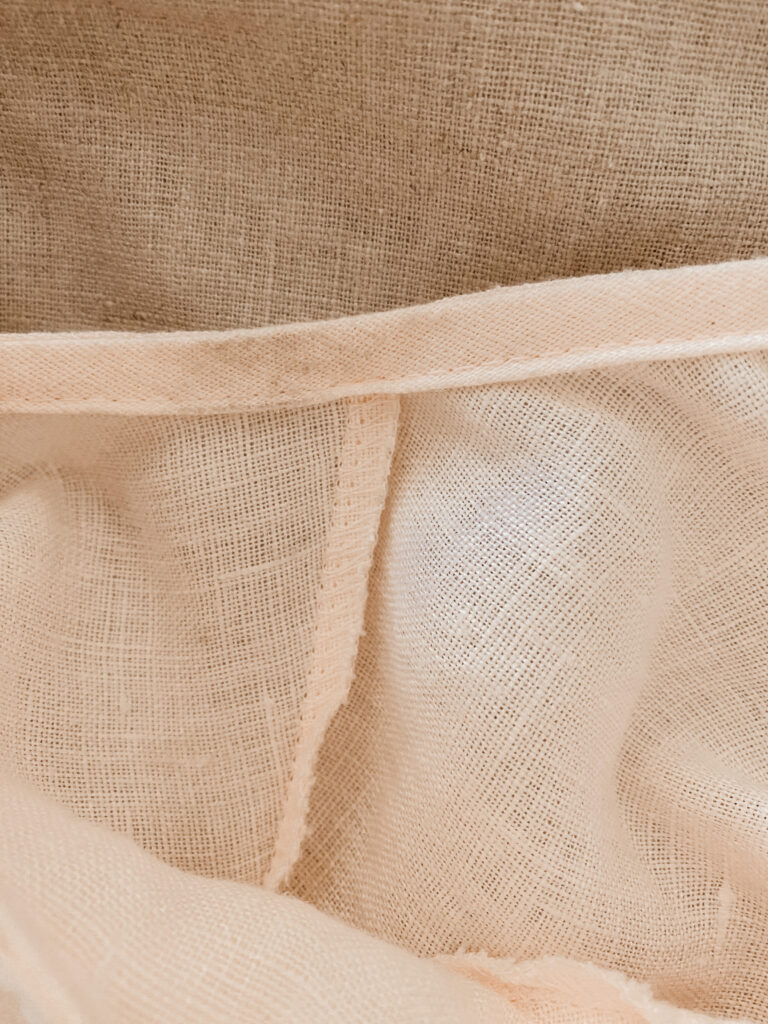
poor quality
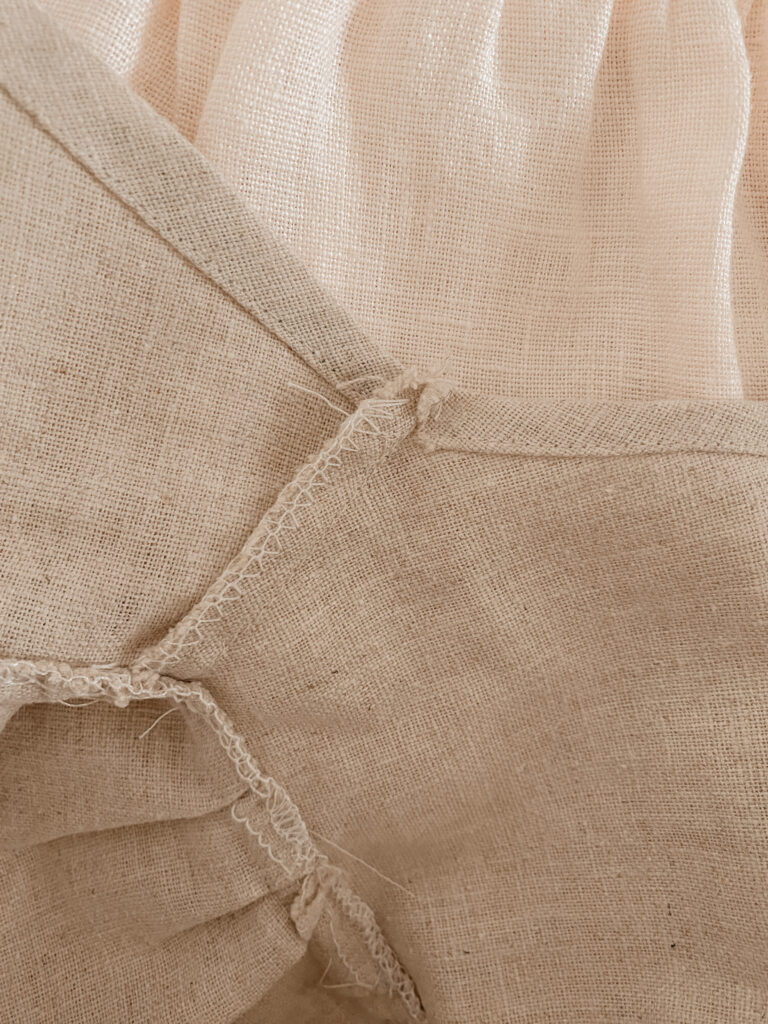
The seams should coincide. That is something that a high-quality brand will never miss.
high-quality
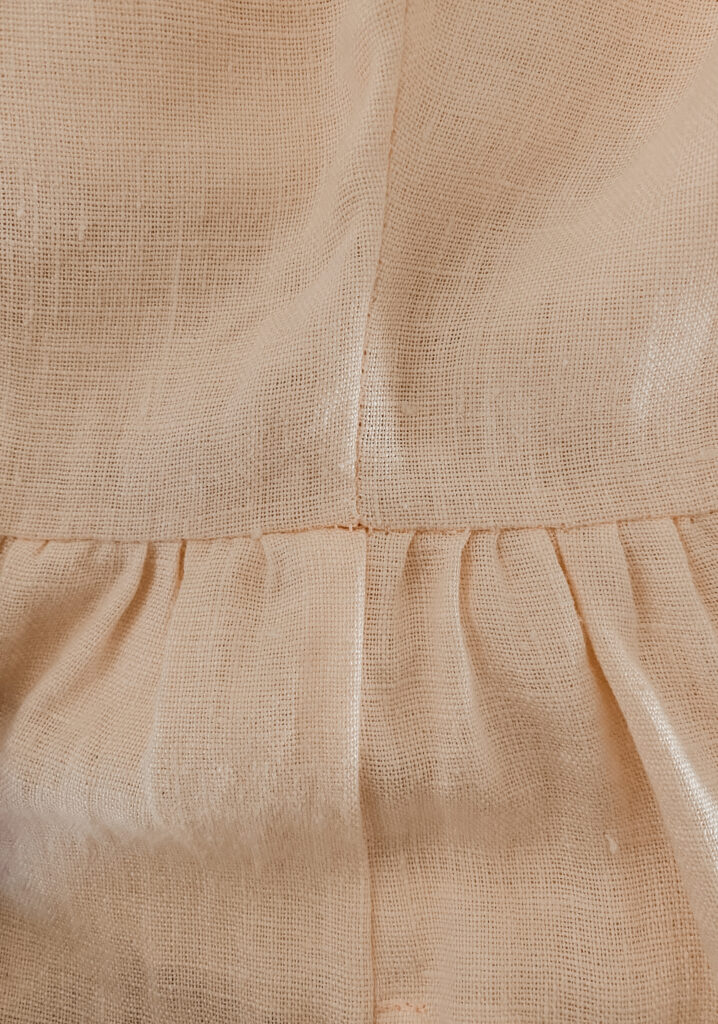
poor quality

Finally, on the sleeves you can also tell a lot. Usually fast fashion graments will start to fray in less than a year of use, but slow fashion items will remain intact for a while. Wider coverstitches are better, especially in he sleeves that are so close to our hands and receive the most movement.
high-quality
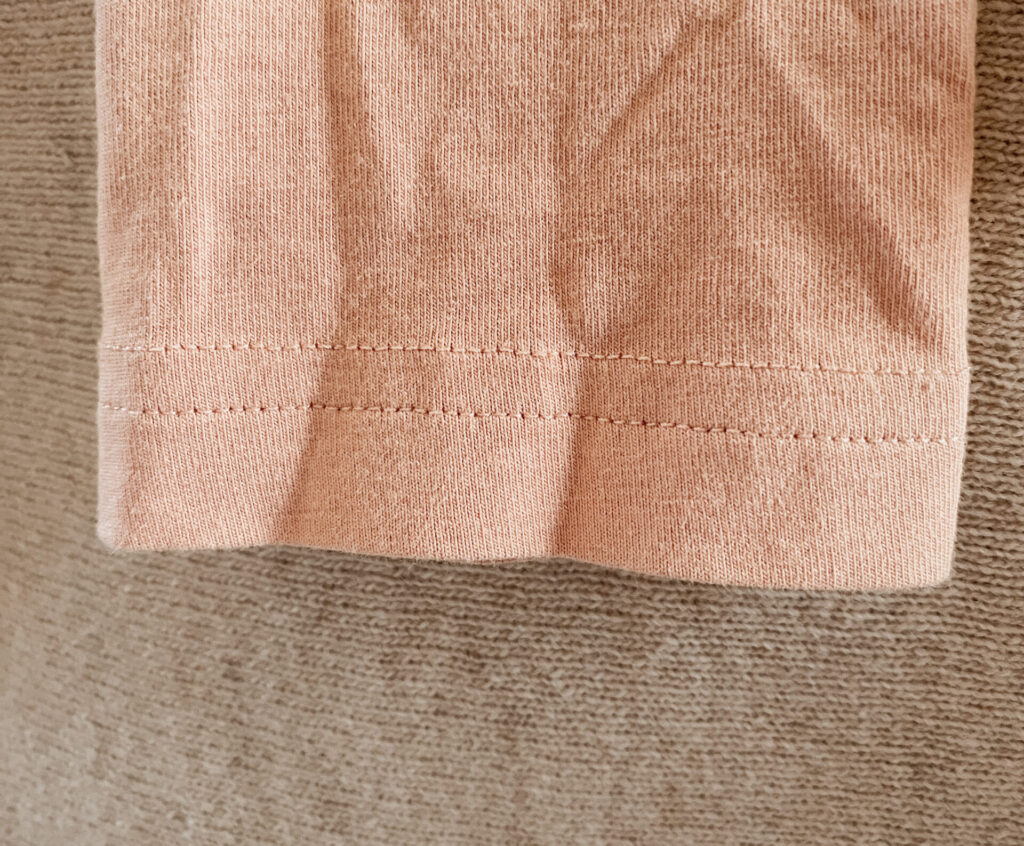
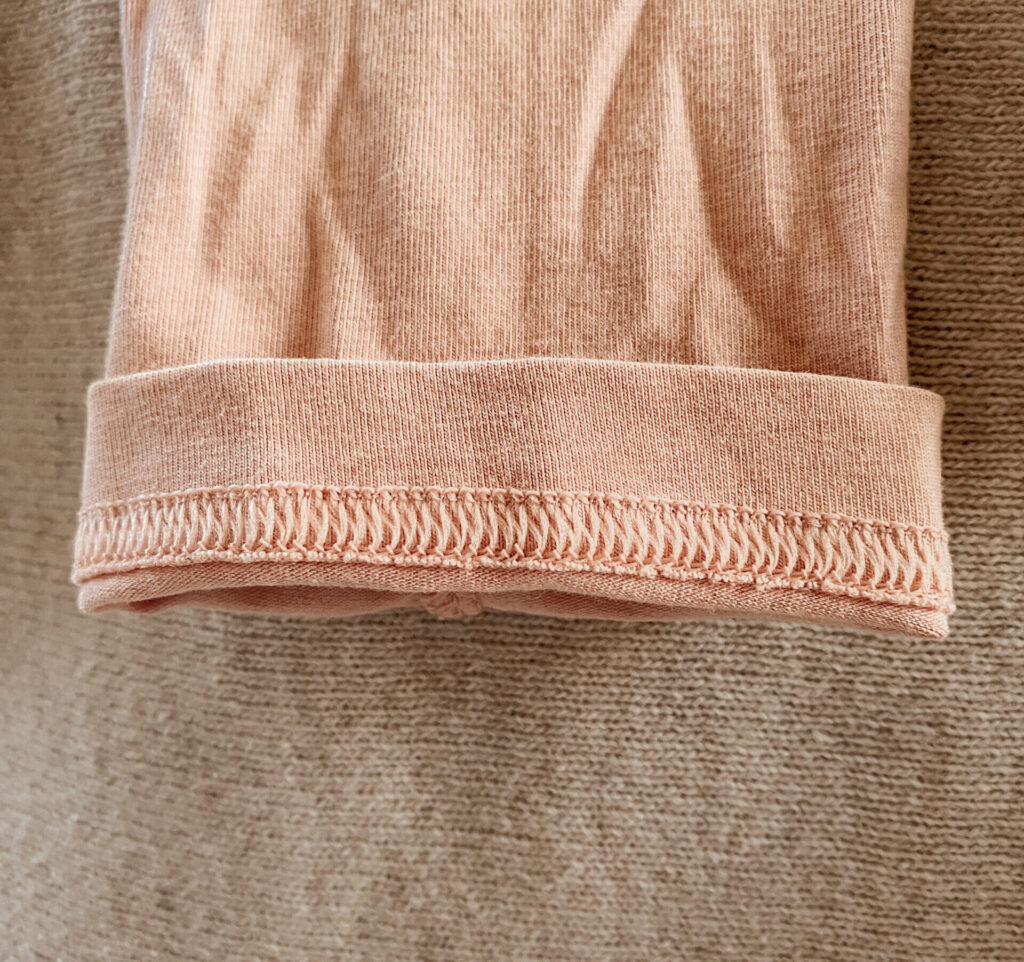
poor quality
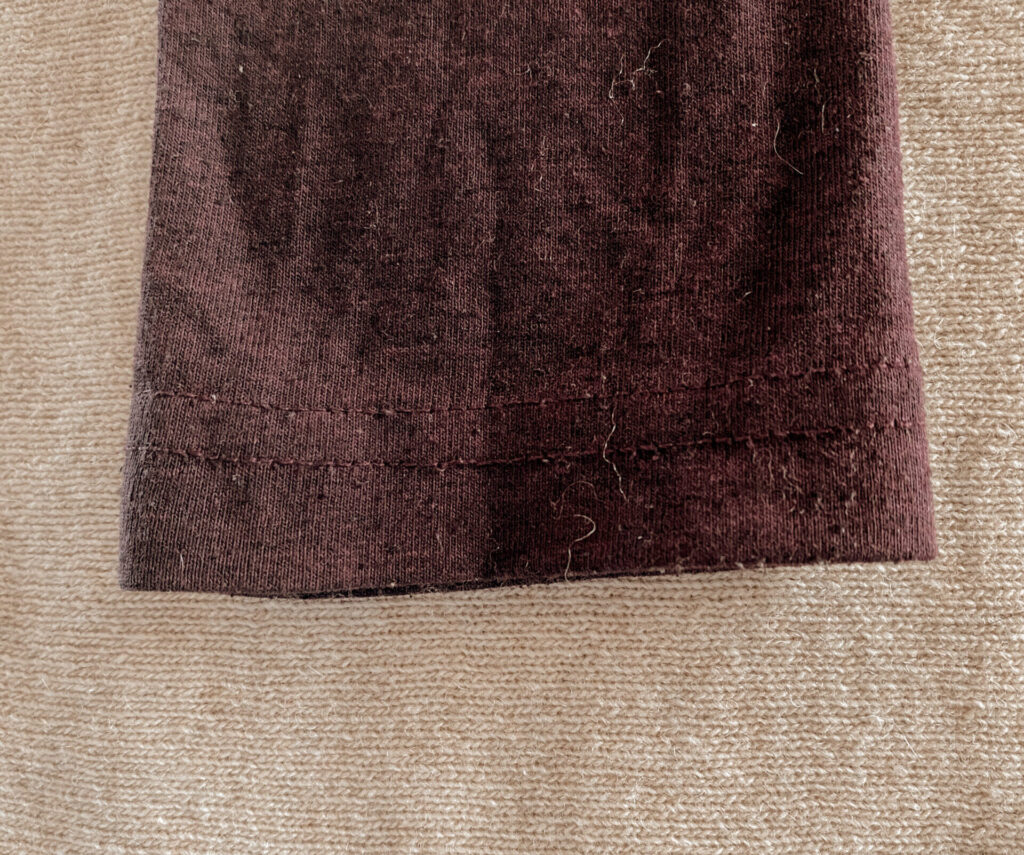
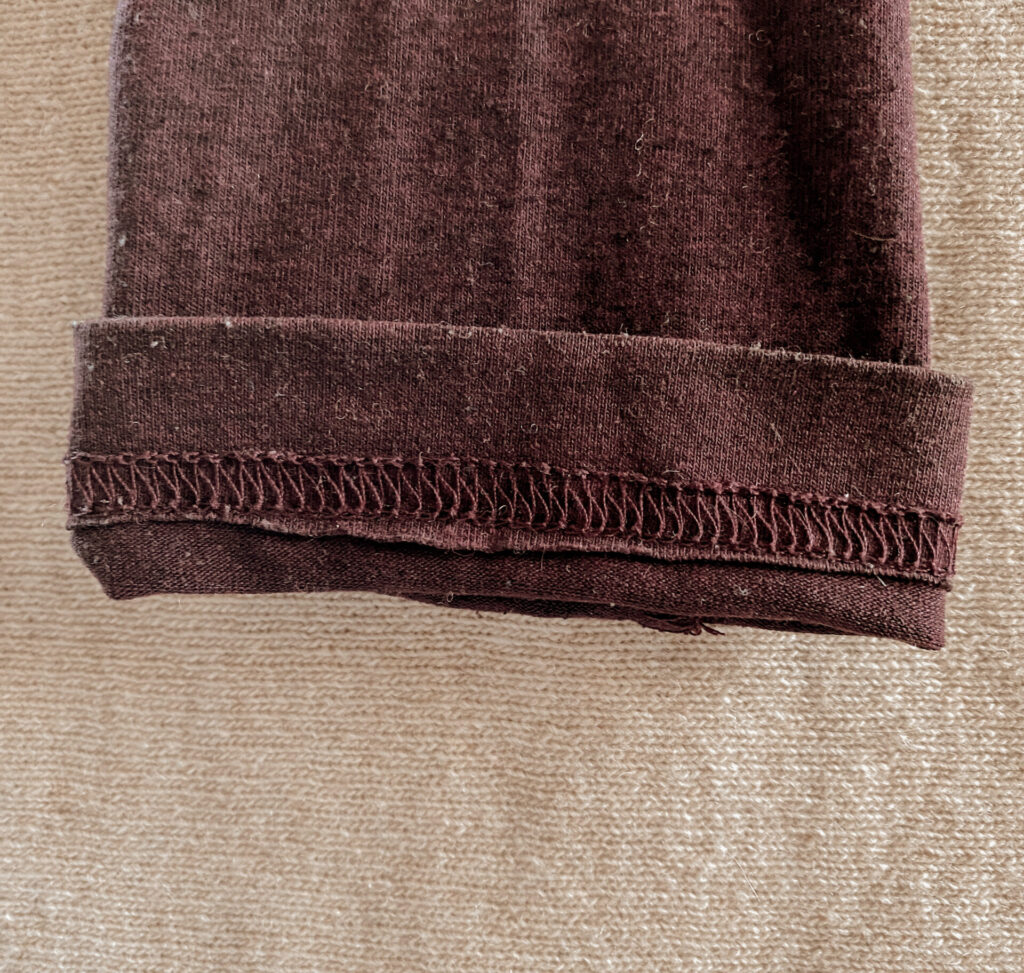
These are some examples that will very much help you spot high-quality over poor quality so you can invest instead of spending money on items that are not worth it. Save this post so you can always come back to it next time you need it.
It’s been a pleasure working again with the kind-hearted LeMuse team.
Don’t forget to check out their website and their Instagram.
All the love,
Lucy & Dani
become an official member of our club!
We would love you to be part of our community. There are monthly freebies, giveaways, weekly tutorials, and other secrets we only share with our insiders!
join at the end of the page




Leave a Reply